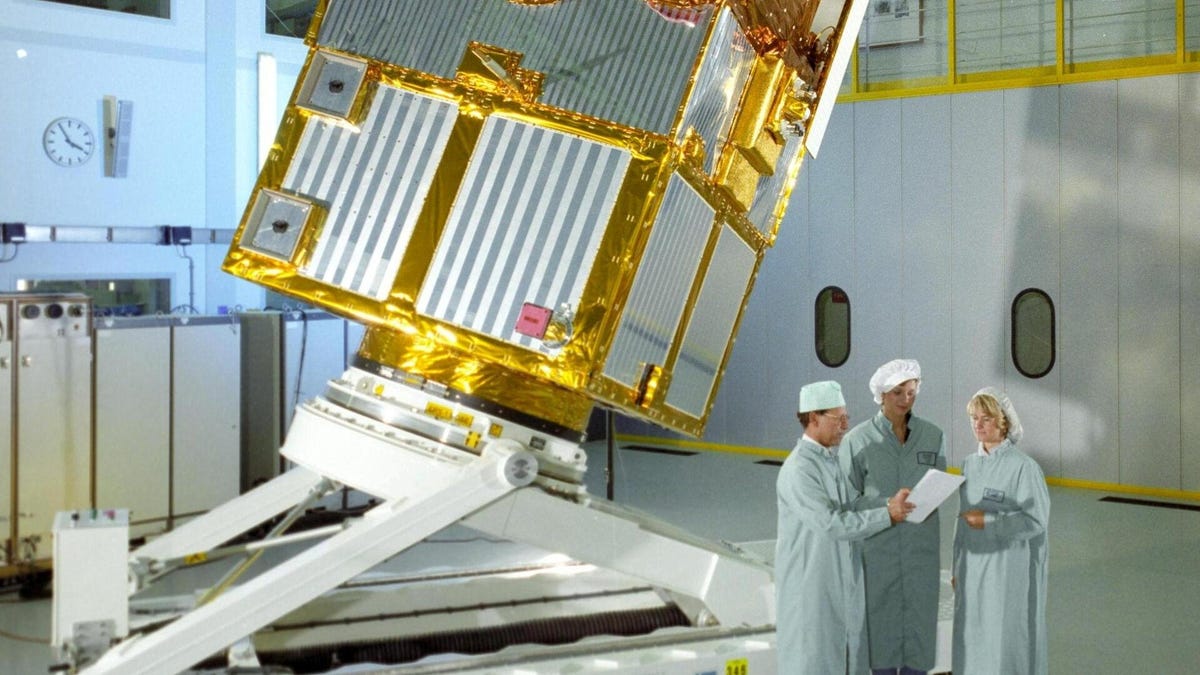
After 13 years of slow orbital decay, a legacy satellite will finally be put out of its misery by plunging through Earth’s atmosphere where it will burn up into tiny fragments.
The second European Remote Sensing satellite, ERS-2, is scheduled for an atmospheric reentry in mid-February, ending a 16-year mission that revolutionized our understanding of climate change and how we observe Earth from space, the European Space Agency (ESA) announced this week.
Advertisement
ERS-2 launched in 1995, four years behind its sister satellite, ERS-1, to measure the ocean’s surface temperature and winds at sea. At the time, the pair were the most sophisticated Earth observation satellites ever built and they collected groundbreaking data on diminishing polar ice, changing land surfaces, sea-level rise, warming oceans, and atmospheric chemistry, according to ESA. That data helped scientists begin to understand the impact humans were having on planet Earth.
Advertisement
In 2011, ERS-2 completed its mission and ESA began lowering its altitude from 487 miles (785 kilometers) to 356 miles (573 kilometers) to avoid colliding with other satellites in orbit. Over the past 13 years, the retired satellite has slowly been dragged down, with its altitude decreasing naturally over time mainly due to solar activity.
Advertisement
At last, the satellite has reached a point of no return and is predicted to be completely annihilated in around a week when it reenters through Earth’s atmosphere, subsequently burning up in the process.
ESA’s Space Debris Office will be monitoring the event and providing necessary updates. Although ERS-2’s reentry will be uncontrolled, the space agency recently experimented with a guided reentry of its Aeolus satellite in order to minimize the risk of damage on its way down. Other satellites are equipped with controlled reentry technology that deorbits them to lower altitudes so that the impact site for possible debris is within a controlled area. ERS-2 is ancient and will therefore have a less graceful tumble towards Earth, but space agencies are working on developing new ways to help keep our planet’s orbit safe and sustainable.
Advertisement
As we officially say goodbye to ERS-2, we must remember that the satellite inspired Earth-observing satellites that came after it such as the Envisat mission, the MetOp weather satellites, and the Copernicus Sentinels.
For more spaceflight in your life, follow us on X (formerly Twitter) and bookmark Gizmodo’s dedicated Spaceflight page.
Services Marketplace – Listings, Bookings & Reviews